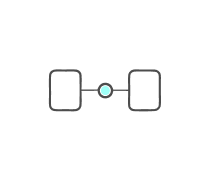SAP Netweaver Business Warehouse And SAP BusinessObjects Sample Test
- SAP BW
- SAP BO
Submit
2.
You may optionally provide this to label your report, leaderboard, or certificate.
Submit
Submit
Submit
Submit
Submit
Submit
Submit
Submit
×
Thank you for your feedback!
















